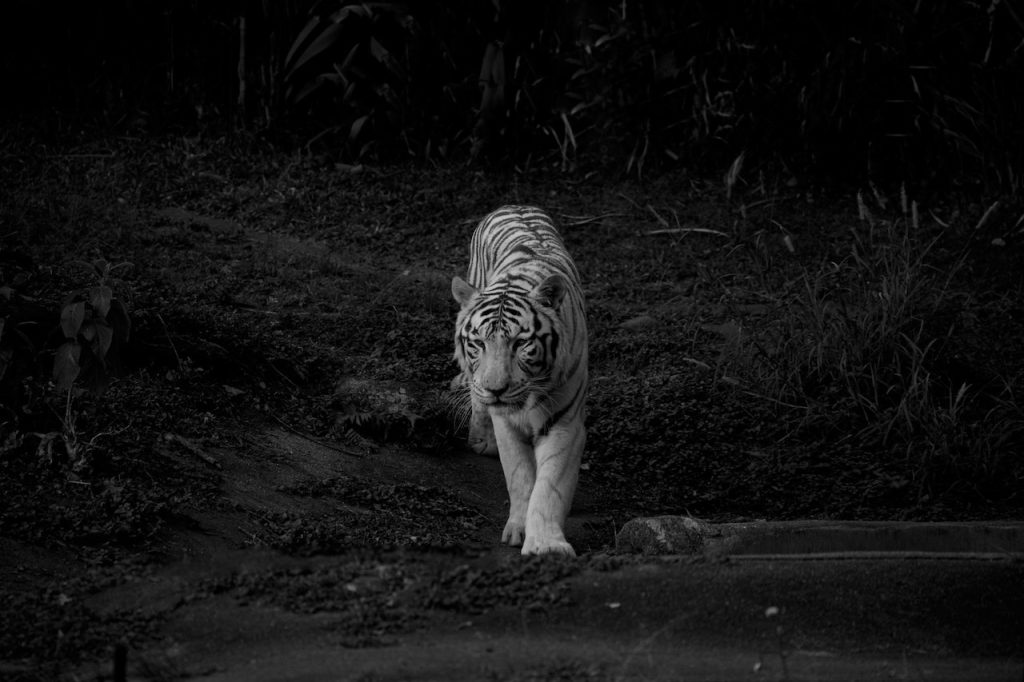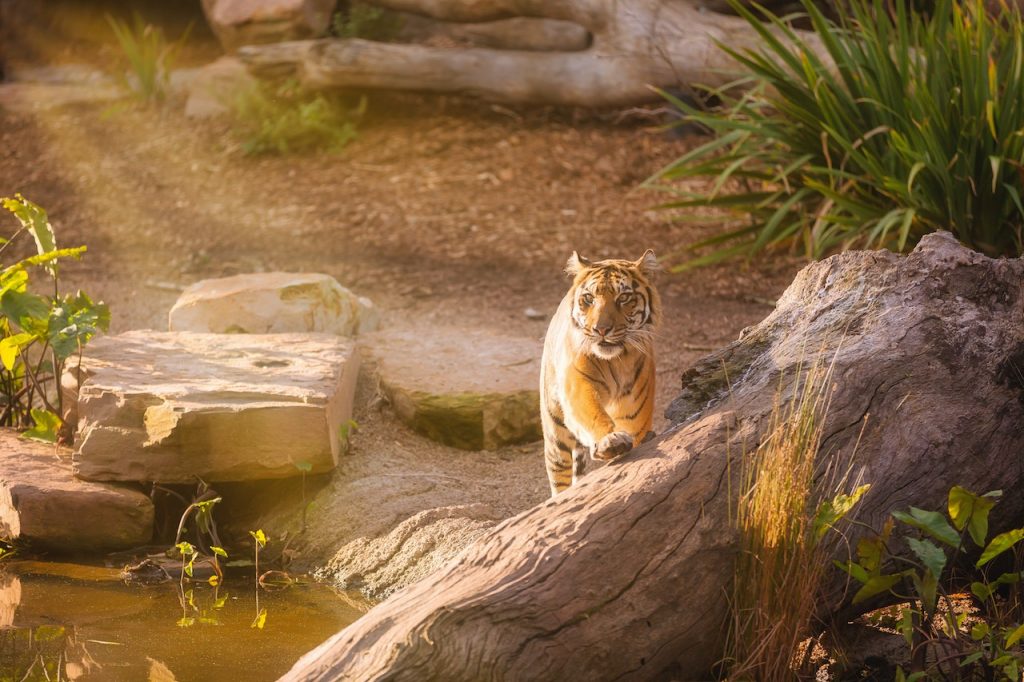A frightening question echoes among our planet’s altering landscapes: “How many tiger are left?” The destiny of these exquisite creatures is in jeopardy as their numbers dwindle. Join us on an urgent journey to discover the truth about tiger population declines. Let us all work together to light a conservation fire and ensure that these gorgeous big cats continue to roam our planet. How many tigers are there left? The solution is in our hands.

How Many Tiger Are Left ? : Overview of Tiger Population
Tigers, which were previously common throughout Asia, have seen a severe fall in population over the years. Their population has declined due to a variety of issues such as habitat loss, poaching, illegal wildlife trade, and human-animal conflict. The need to conserve these apex predators is now more important than ever.

Understanding Tiger Species and Subspecies
Tigers are classified into species and subspecies, with each adapted to a distinct habitat and environment. The Bengal tiger (Panthera tigris tigris), Siberian tiger (Panthera tigris altaica), Sumatran tiger (Panthera tigris sumatrae), and others are all separate species with distinct conservation issues. Let’s look into their habitats, numbers, and conservation status.
Factors Affecting Tiger Population
The fall in tiger populations can be ascribed to a number of things. The loss of natural habitats, mostly due to deforestation and encroachment, upsets the delicate balance required for tiger existence. Poaching for their prized body parts and skins is also a serious danger. Furthermore, when human populations grow and encroach on tiger territory, human-wildlife conflict rises.

Assessing Global Tiger Numbers
How many tiher left ?
It is difficult to estimate the global tiger population. To determine tiger numbers, scientists use a variety of techniques such as camera traps, transect surveys, and genetic analyses. These methods have supplied significant information about the current state of tiger populations. However, difficulties like as isolated ecosystems, scarce resources, and political complications make accurate assessments difficult.

Current Tiger Population Estimates
The worldwide tiger population is currently estimated to be 3,900 animals in the wild. These figures, however, vary by area and subspecies. With roughly 2,500 Bengal tigers, India has the world’s greatest population. The population of Siberian tigers in Russia’s Far East is estimated to be around 500. Sumatran, Malayan, Indochinese, and other subspecies have smaller populations spread over Asia.
Country-Specific Tiger Populations
Several tiger range countries are vital to tiger conservation. India, Russia, Indonesia, Malaysia, and Bangladesh all have large tiger populations. Conservation measures, such as India’s Project Tiger project and Russia’s protected regions, have yielded positive results. However, issues including as habitat fragmentation, poaching networks, and lax law enforcement remain.
Conservation Initiatives and Efforts
Several organizations and projects are working relentlessly to protect and conserve tigers. Leading the charge are the Global Tiger Initiative, the World Wildlife Fund (WWF), and Panthera. These groups work to protect tigers through habitat conservation, anti-poaching activities, community engagement, and raising awareness about the importance of tiger conservation. Collaboration between governments, local communities, and conservation organizations has proven critical in protecting tiger populations.
The Role of Technology in Monitoring Tiger Population
Technology is critical in tracking and studying tigers. Researchers may obtain critical data about tiger behavior, population density, and travel patterns using advanced techniques such as video traps, satellite tracking, and DNA analysis. These novel techniques aid in the identification of crucial habitats, the tracking of poaching activities, and the development of conservation strategies. Such technical advances offer a ray of hope for tiger conservation.
Frequently Asked Questions (FAQs) : how many tiger are left ?
-
Q: Why are tiger populations declining?
- A: Tiger populations are declining due to habitat loss, poaching, illegal wildlife trade, and human-wildlife conflict.
-
Q: How many tiger subspecies exist?
- A: There are currently six recognized tiger subspecies, including the Bengal, Siberian, Sumatran, Malayan, Indochinese, and South China tigers.
-
Q: What conservation efforts are in place to protect tigers?
- A: Various conservation initiatives focus on habitat protection, anti-poaching measures, community engagement, and raising awareness about tiger conservation.
-
Q: Are tiger populations recovering?
- A: While some populations have shown signs of recovery, tigers still face significant threats. Continued conservation efforts are necessary for their long-term survival.
Conclusion
The future of tigers is in jeopardy as their populations continue to confront multiple threats. However, there is hope for these renowned big cats thanks to concerted conservation initiatives. Governments, organizations, and individuals must work together to safeguard tigers’ habitats, stop poaching, and increase awareness about the crucial role tigers play in maintaining healthy ecosystems. Only by working together will we be able to ensure that future generations will be able to witness the grace and power of these amazing creatures.
also we need to ask. About the other animals.


